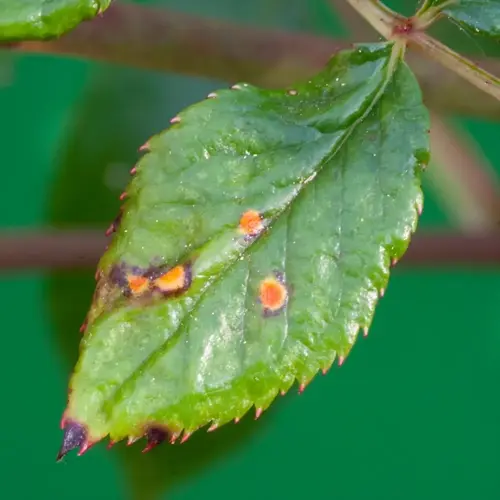Are plastic pots suitable for snake plants?

Written by
Kiana Okafor
Reviewed by
Prof. Samuel Fitzgerald, Ph.D.Plastic pots can work for snake plants with a certain (but modified) degree of risk, but they do have an increased degree of risk over more breathable pots. With the non-porous walls of plastic pots, they retain moisture for longer, but also increase the risk of root rot. I use plastic pots only for shrubs in arid situations where moisture conservation is the object.
Plastic Pot Advantages
- Lightweight and easy to move
- Retains moisture longer in arid climates
- Less frequent watering required
- Cost-effective for large collections
Critical Disadvantages
- Poor air circulation to roots
- Soil stays wet 2-3 times longer
- Promotes salt buildup from fertilizers
- Roots overheat in direct sunlight
Alter watering methods 100% when using plastic containers. Check the soil moisture at a depth of 3 inches before watering. Allow to dry completely between waterings. I find moisture meters to be a valuable aid in avoiding guessing errors, as wet soil is often disguised by plastic.
Boring extra holes in the bottom of plastic pots can improve their drainage capacity. A 1-inch layer of gravel should be placed below the soil. Put feet on the pots to help prevent reabsorption of water from the trays. All of these changes will significantly reduce the likelihood of root rot.
Keep an eye out for warning signs like algae growth on the pot or constant dampness. Those are indications of being too wet. Change to terracotta immediately if the leaves yellow or feel soft. I switched out all my plastic pots after losing three mature plants.
Read the full article: Repotting Snake Plants: Essential Guide

